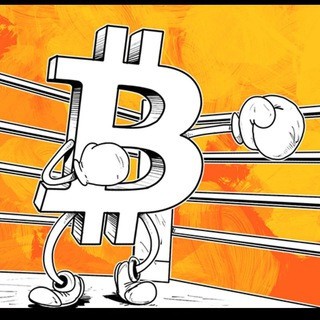Back
Markets
Feb 12, 2024
Market Analysis - Stocks, Inflation and Rates: Preparing for Growth

Bitcoin Macro

Stocks
Still appearing very bullish. There is a notable resistance within the next 2-5% move higher, however the market may rally another 15-20% before the next 10-15% correction. The stock market's bull run is set to continue, and for now we don’t see a recession in the next few quarters. Our analysis remains overall bullish, so staying invested in risk assets makes sense as another positive year for investors likely lies ahead.
Economy
Still going strong and seems to be rebounding. Global PMIs show stabilization with no major economy slowing. US household and corporate balance sheets are still healthy, supporting growth. Given current rates and other economic factors, it may take another year for the effect of higher rates to impact the real economy.
Inflation
Coming down and keeps declining. The market expects CPI to come out at 3-3.1% which is reasonable. Although 2.9% In our opinion is also possible. "Immaculate disinflation" continues as so far, even without the Fed rate hikes having significantly affected inflation yet. We're seeing sharp inflation drops in Europe and even outright deflation in China, supporting lower US inflation too. Over the past 4 years, cumulative actual inflation (not CPI) was about 25%, with M2 money supply going up more than 30%, so we had an extended period of substantially negative real interest rates and a deep change in the markets and economies.
Interest Rates
We now have significantly positive real rates, but for them to notably impact inflation and the economy, they must stay elevated longer. However, higher rates can stimulate to an extent via additional income for bondholders as US Debt/GDP is at 120%. Eventually, higher rates will have economic impact, but it might take up to another year for that impact to really be felt. If rates are cut again, it could reduce financial flows to the private sector. QT is also returning collateral and yield to the market, so resuming QE may not have the positive effect some think. Powell ruled out a March rate cut, defying market expectations of cuts this year. Quantitative tightening tapering later this year rather than March was also discussed. Cutting in March but stopping QT later seems reasonable given economic strength and the Treasury not having funding issues. No need to quickly drain the RRP either.
Liquidity
Since its 2018 peak, liquidity has risen 33%. It now looks set to grow further and the liquidity cycle seems to have just started. Since then, the US stock market rose 70%. So, we could say for each 1% liquidity rise, we can expect 2% in US stocks. The global liquidity cycle appears normal, hence any risk asset sell-offs are buying opportunities through 2025 when the cycle will likely peak. Fiscal deficits and government spending are seen as the biggest asset price drivers now.
Recession
A recession has been avoided so far due to service and labor market resilience, supported by companies hoarding labor, ongoing fiscal support, recovering real incomes as inflation falls boosting spending, and debt terming out. Positive wealth effects from stocks and real estate plus loose fiscal policy underpin the economy, preventing a major recession. However, risks remain from tight monetary policy that could still create problems in areas like housing, commercial real estate, and small business funding.
We may be headed for a soft landing, but the economy most likely won't revert to pre-2019 conditions. The Fed and Treasury may not aggressively target inflation reduction in an election year. Inflation could drop at or below 2.5% before the Fed meeting in March, allowing them to cut rates in that meeting. In the era of fiscal dominance and debt monetization, 2% inflation is now probably the floor, not the ceiling going forward.
Key Themes 1
No return to pre-pandemic normal, more volatile inflation (could turn negative and spike again), more expansionary fiscal policy, supply shocks due to climate change and geopolitical tensions, accelerating productivity growth due to AI, tighter labor markets improving worker bargaining power, and shifts in monetary policy bias based on higher inflation targets.
Key Themes 2
The equity bull market looks set to continue, driven by deficits and an easing Fed despite Powell’s hesitancy. Treasury is gradually letting T-bill share of issuance rise above 20% over time. The "Magnificent 7" narrow leadership in equities has technical and fundamental explanations. Fiscal deficits could be smaller than expected in coming quarters due to tax payment timing. QT taper may start in Q4 but the timing is uncertain. The market is very focused on balance sheet policy. The Fed dot plot shows 3 rate cuts priced in over the next 12 months, but markets are pricing about 6 cuts. If the Fed cuts less than the market expects in an election year (which we doubt), that could slow down the growth of risk assets.
Energy
Looking neutral/bearish. Not expecting a significant move in the near future.
Bonds
Appearing neutral. Their current trend is bullish but seems complicated.
USD
Neutral/bullish. Some components are bearish while others are bullish.
Precious Metals
Looking somewhat bearish short-term.
Bitcoin Macro
Share this post









